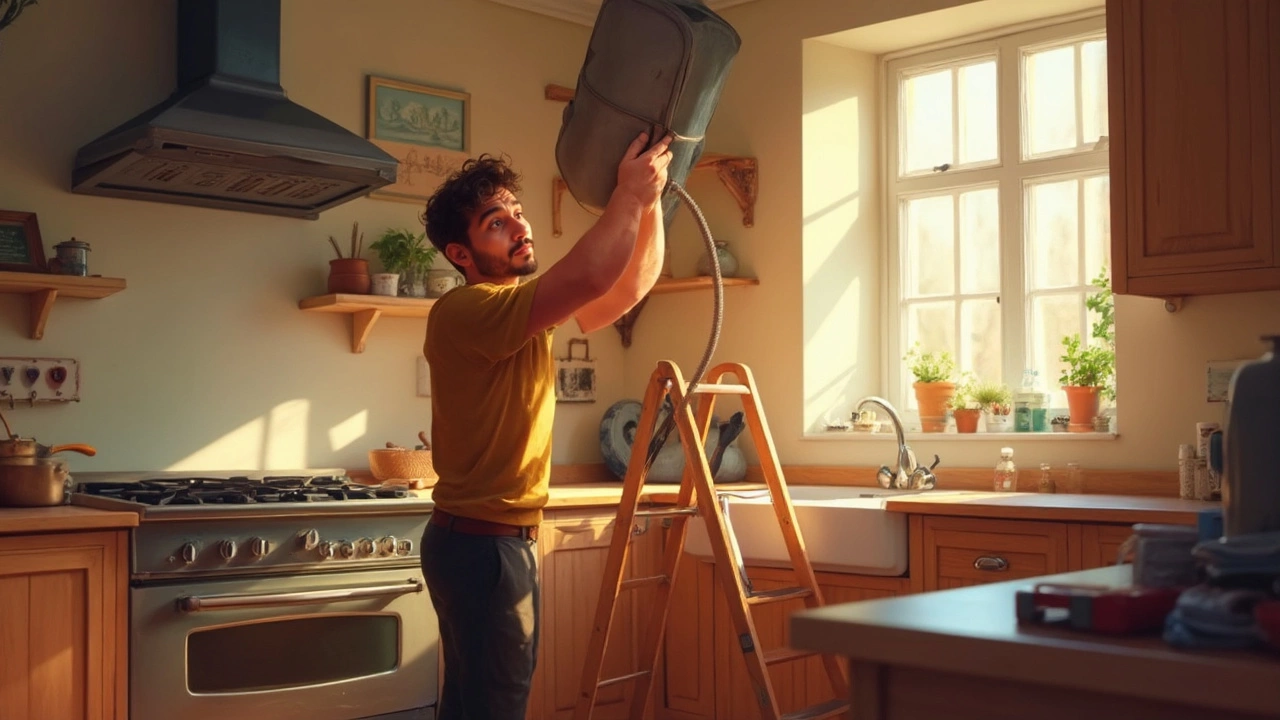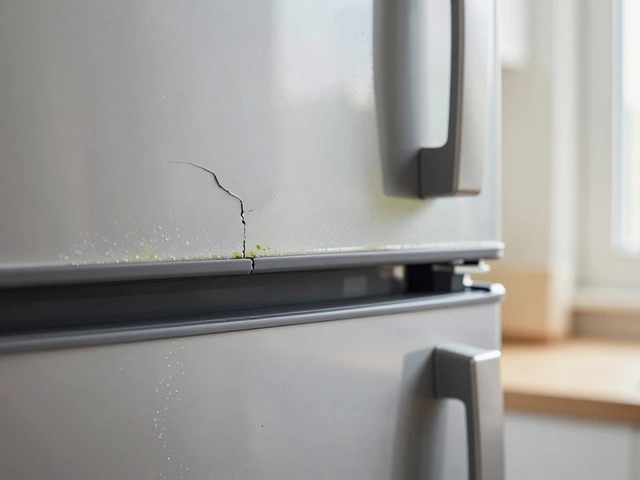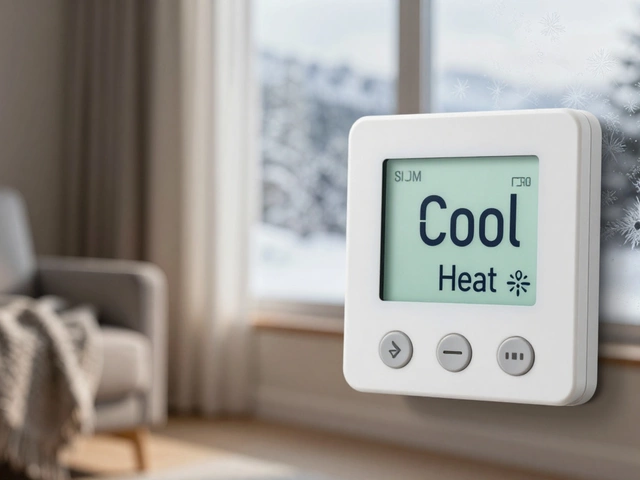Kitchen Fan Repair: What You Need to Know
When dealing with Kitchen Fan Repair, the process of diagnosing and fixing residential kitchen ventilation fans. Also called kitchen extractor maintenance, it keeps cooking fumes out, protects surfaces from moisture and ensures a safer home environment.
Most kitchens use an Extractor Fan, a device mounted above the stovetop to pull out smoke, steam and odors. When the fan starts humming loudly, loses suction, or simply won’t turn on, the culprit is often the motor, fan blades, or the electrical wiring. A weak airflow measured in CFM (cubic feet per minute) usually points to clogged filters or a mis‑aligned duct. Noise spikes often mean the fan bearings need lubrication or replacement. If the fan won’t start at all, a faulty switch or a tripped circuit may be to blame, and that’s where a qualified Electrician, a tradesperson licensed to work on household electrical systems becomes essential.
Regulations, Safety and When to Call a Pro
In the UK, UK Building Regulations, the legal standards that set minimum ventilation requirements for domestic kitchens mandate that a functional extractor be installed in any cooking area. Ignoring these rules can lead to damp, mold growth, or even fire hazards. Landlords especially need to ensure compliance during tenancy checks. If you suspect a breach—like a fan that’s permanently off or a duct that’s blocked—treat it as a health issue rather than a minor inconvenience. That’s why kitchen fan repair should be taken seriously: a properly working fan meets legal obligations and protects your property.
DIY fixes are tempting, but safety can’t be compromised. Basic tools such as a screwdriver, a soft brush for cleaning, and a multimeter for checking voltage are all you need for simple tasks like cleaning the filter or tightening loose screws. However, once you start pulling apart the motor housing, dealing with wiring, or replacing sealed bearings, the risk of electrical shock or damaging the fan increases sharply. In those cases, hiring a professional not only speeds up the fix but also ensures the work meets the required standards.
Regular maintenance goes a long way. Cleaning the grease filter every month, inspecting the duct for blockages, and listening for unusual sounds can extend a fan’s life by years. Modern fans often come with noise ratings (measured in sones) and energy‑saving features like automatic timers. Knowing these specs helps you choose the right replacement if repair isn’t viable. Remember, a well‑maintained fan reduces energy bills, improves indoor air quality, and lowers the chance of costly repairs down the line.
Below you’ll find a curated collection of articles that dive deeper into each of these topics—whether you’re looking for step‑by‑step troubleshooting, legal guidance, or advice on when to call an electrician. Explore the posts to arm yourself with the knowledge you need for confident kitchen fan repair.
Replacing a kitchen extractor fan might sound tricky, but with a little guidance, it can be a manageable task. This article dives into the essentials of tackling this DIY project. From understanding the basic functions of an extractor fan to identifying the right replacement, you'll get practical tips and interesting facts along the way. Learn about the tools you'll need and discover useful safety tips so you can feel confident in your own abilities.
If your kitchen extractor fan is underperforming or has stopped working altogether, it might be blocked. This article guides you through unclogging it to ensure efficient airflow. With some simple tools and a little effort, you can restore your fan to full functionality and improve kitchen ventilation. Discover common clogging spots, essential equipment needed, and practical step-by-step instructions to get the job done. Keeping your extractor fan clean is crucial for a fresh and odor-free kitchen environment.



